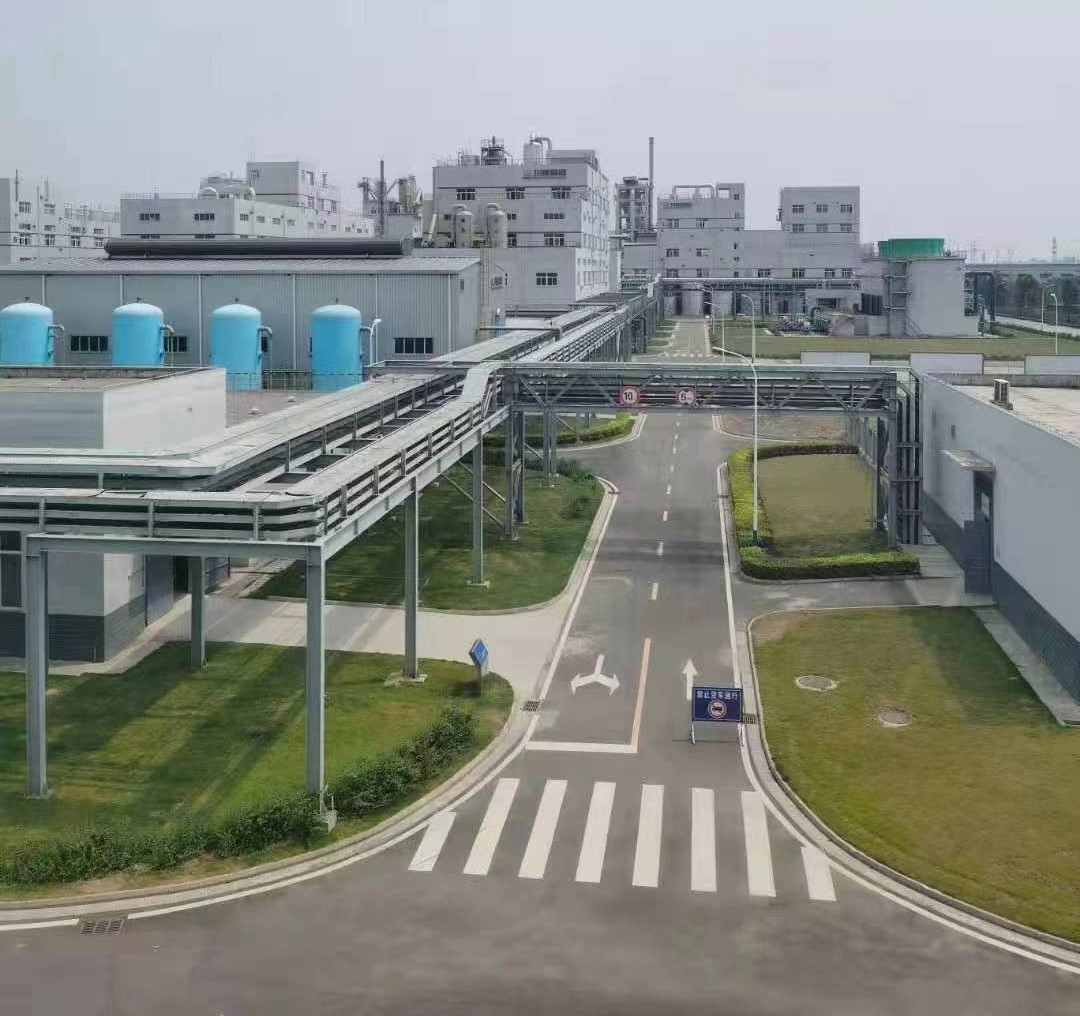Benzoic acid - naturally occurring preservative in food
Jul,03,25
With the continuous improvement of people's living standards, my country's catering industry has developed rapidly. As a member of the catering diversification, hot pot has become more and more popular among consumers. While enjoying the delicious food, different drinks are usually used as the best companion for hot pot. Do you like to drink juice or soda when eating hot pot? No matter which one, beverages have become an indispensable food on people's dining table. Nowadays, there are always a variety of beverages in supermarkets. What factors do people consider first when buying? Yes, shelf life. Most beverages have a shelf life of about 6 months. Have you ever thought about what kind of substance can ensure our drinking safety within these 6 months? This is inseparable from food additives - preservatives. What are preservatives? Is it harmful to the human body?
The "National Food Safety Standard Food Additives Use Standard" (GB 2760-2014) clearly states that food additives are artificial or natural substances added to food to improve food quality and color, aroma, taste, and for the needs of preservation, freshness and processing technology. As a kind of food additive, preservatives are used in many kinds of food.
What is benzoic acid
It is an earlier type of acidic food preservative. Because it can significantly inhibit the growth of microorganisms under acidic conditions, it is widely used in foods such as soy sauce, vinegar, pickled vegetables, seasonings, and beverages. The Joint Expert Committee on Food Additives (JECFA) of the Food and Agriculture Organization of the United Nations and the World Health Organization, an authoritative body for the safety evaluation of food additives, evaluated the safety of benzoic acid and believed that the daily allowable intake of this additive is 0-5.0 mg/kg body weight. After entering the human body, benzoic acid is detoxified by the liver and excreted by the kidneys. A safe dose of benzoic acid is usually excreted from the body within one to two days and will not have an adverse effect on the human body. However, people with liver dysfunction should not use more foods containing benzoic acid.
Benzoic acid has the characteristics of broad-spectrum antibacterial, low price and little harm to the human body, so it has become an important acidic food preservative. The "National Food Safety Standard Food Additives Usage Standard" (GB 2760-2014) has clear regulations on the use limit of benzoic acid in various foods. In addition to being added artificially, benzoic acid in food is also produced in some foods and contains background values. Some product standards stipulate that the limit value of additives is "not allowed to be used", but it is detected in the product and is not artificially added. This brings inconvenience to the law enforcement of food safety supervision departments and easily causes panic among consumers.
Benzoic acid has many natural sources. Many animals and plants in nature also have benzoic acid. Studies have shown that there are three main ways for benzoic acid to be produced in food:
(1) Direct oxidation of benzaldehyde to benzoic acid;
(2) Metabolic degradation of phenylalanine in plants and microorganisms to produce benzoic acid;
(3) Hippuric acid is hydrolyzed to produce benzoic acid under the action of lactic acid bacteria.
In 2000, the World Health Organization (WHO) conducted a risk assessment of benzoic acid and sodium benzoate in its "Concise International Chemical Assessment Document 26", which pointed out: "Benzoic acid exists in many animals and plants in nature, so it can be considered that benzoic acid is a natural ingredient in food." Research data also show that most mature berries (such as plums, red plums, cinnamon, green plums, etc.) contain about 0.05% benzoic acid, and benzoic acid has also been detected in apples infected by fungi. In addition, benzoic acid has been detected in foods such as potatoes, soybeans, grains, nuts, honey, milk, yogurt, and dates. Sun Ping et al. investigated and analyzed the content of natural benzoic acid in Xinjiang red dates. The results showed that the content of natural benzoic acid in Xinjiang red dates is related to the variety and maturity. At a 95% confidence level, the content of benzoic acid in Jun dates is between 74 and 95 mg/kg.
Previous: Red Magician in Life -- Iron Oxide Red
Next: What is Benzoic Acid






